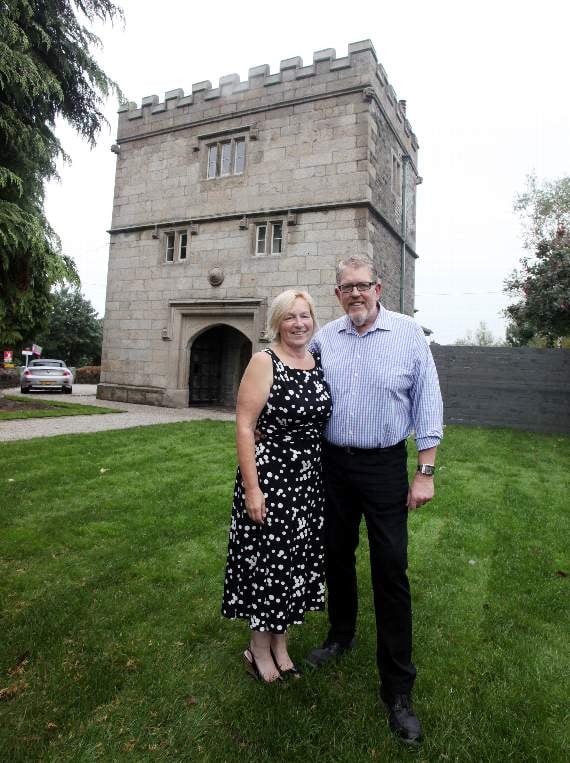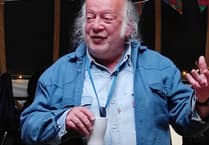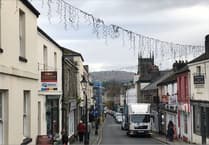ONE of Tavistock’s most iconic buildings has been transformed after a major renovation.
The Fitzford Gatehouse on Plymouth Road in Tavistock, adjacent to the statue of Sir Francis Drake, is the sole survivor of a house whose buildings were variously known as Fitzford Manor or Fitzford Barton, which go back to the 16th century.
The gatehouse, which is a designated heritage asset, has been restored to a very high standard and is now earmarked to be used as a holiday let in the future.
The owner, Liz Aldridge, organised a party to celebrate the completion of the renovation work. She was joined by representatives of the project’s architects – Tavistock’s Stephen Whettem Architects – Weston Builders, local suppliers and tradesmen, as well ‘neighbours’ from Fitzford and Drake’s Villas.
She was delighted with the result of the works.
Before the restoration, the gatehouse was in a poor condition, particularly the roof.
Architect Stephen Whettem said: ‘We are pleased with the result and enjoyed working with the client and the contractors. This is a significant building in the town within a conservation area and we are pleased it now presents a much better face to the world. Everybody benefits from this superb restoration.’
Owner Liz Aldridge told the Times: ‘Its been a wonderful adventure and a joy to work with such supportive and helpful professionals.
‘The Gatehouse is looking fabulous, dramatic on the outside but warm and welcoming inside, all thanks to the talents of Steve, Will and Steve (Whettem, Westlake and Luxton). When problems arose they were wonderful in finding solutions that have enhanced the building.
‘It is lovely to bring the gatehouse back to life again. People who have been passing while the work was going on have taken an interest in what we were doing. I am very grateful to all those involved in the project and for the people of Tavistock for being so supportive.’
Liz said she was hoping to make the Fitzford Gatehouse available as a holiday let in spring next year.
• FITZFORD gatehouse as a building is the sole survivor of a house whose buildings once occupied a site to the north, west and south-west.
According to a historical survey produced by Stuart Blaylock, commissioned by the architects, Fitzford, variously known as Fitzford Manor or Fitzford Barton, was a house of medieval and early post-medieval date entered by this gatehouse, usually dated to the 16th century.
The Fitz family lived at this site, variously known as Fitz Ford; Fitzford; Fitzford Barton, since at least 1427. Lady (Mary) Howard, born in 1596 was the daughter of Sir John Fitz.
Her fourth marriage, to Sir Richard Grenville in 1628, brought her centre stage in the local events of the Civil Wars. She died in 1671.
The house itself had declined considerably from its heyday in the 16th and 17th centuries, a good deal survived into the 19th century and the final demolition of the buildings in the 1860s took place for the construction of cottages for the Bedford Estate (called Fitzford Cottages) of 1862 and of Henry Clutton’s St Mary Magdalene Church in 1865–67.
The Fitzford Gatehouse itself is a Designated Heritage Asset by virtue of being listed as a building of special architectural or historic interest at Grade II. The gatehouse has a facade of large granite ashlar blocks, with integral archway and windows, also of granite, plus crenellated parapets of monolithic granite.
The Fitz family were prominent local citizens of the town including members of parliament and lawyers.


-and-Sally-Ann-(visitor-experience-officer)-trying-ou.jpeg?width=209&height=140&crop=209:145,smart&quality=75)


Comments
This article has no comments yet. Be the first to leave a comment.